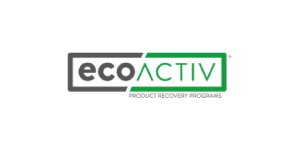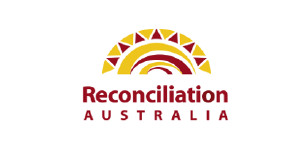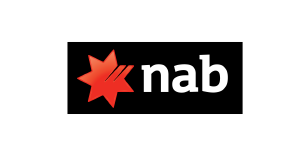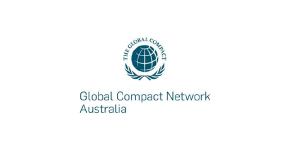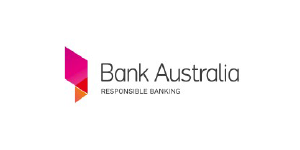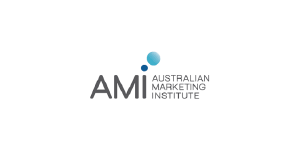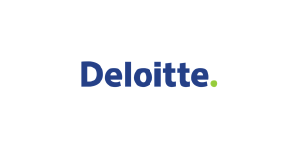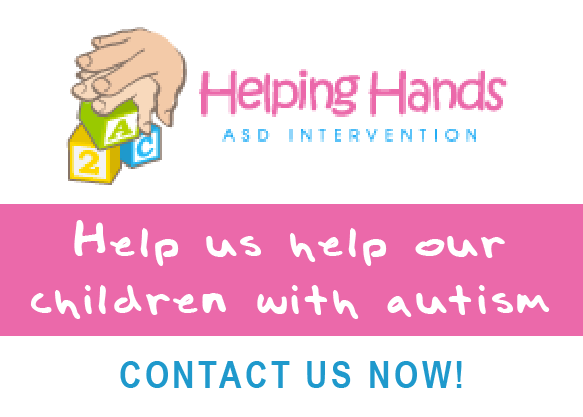
10 EHS, Sustainability & Risk Trends to Watch for in 2016
We are now two weeks into the new year and we can safely predict that 2016 will also be an exciting year for EHS, Sustainability and Risk. The market is constantly evolving and technology is playing a greater role is helping companies ensure compliance, drive profitability, reduce risks, and improve environmental and social performance. To help you make sense of all the developments that will continue to generate a lot of attention in the foreseeable future, we want to share 10 EHS, Sustainability and Risk trends that we think you should keep an eye on over the course of the year. You should watch for these 10 trends because they have the potential to impact business operations or your role as an EHS, Sustainability or Risk professional.
1) Leveraging Risk and Uncertainty for Operational Excellence and Resilience
At SPF Americas 2015, a keynote panel explored the theme of leveraging organizational stress to build resilience. To understand the link between stress and resilience, it’s good to have some perspective on risk. By definition, a risk is the likelihood of an adverse event that may impact the successful completion of a business objective. Broadly speaking, managing risk is also about managing uncertainty. Uncertainty can have negative consequences, but it can also create opportunities for improvement. Watch for many best-in-class organizations to create deeper links between their risk management processes and corporate governance. Firms will not only aim to mitigate EHS risks and other risks, but also to leverage lessons learned and controls to improve processes and build greater operational excellence and resilience. In addition, more organizations will evaluate and select GRC solutions to help them meet company objectives.
2) Predictive Analytics Tries to Make Sense of All the Data
Data capture started to be a growing challenge some time ago. The challenge then became to ensure data quality, use the data to drive regulatory compliance, and aggregate data for dashboards and reports. Today, integrated and mobile-enabled software platforms with great breadth and depth help companies address EHS data capture and management challenges. But watch for a case of “data overload” developing for many organizations that have been using EHS platforms for some time now. Rather than being a problem, this presents an opportunity. Companies can leverage data for predictive analytics. Not only will companies continue to use data to track and manage incidents, but increasingly they will seek to leverage data to predict where and when the next incident or adverse event is the most likely to occur. This is already being done by many best-in-class organizations, and increasingly it will become more widespread.
3) Accelerated Growth in the Use of Solutions in the Cloud
Solutions delivered in the Cloud have been around for some time now. A “growth in the use of solutions in the Cloud” is a trend that we would have identified for 2015 or even 2014. Look for the growth to be accelerated in 2016 for two reasons. First, for many companies, the use of applications and solutions in the cloud is more cost-effective than on-premise solutions. With the decline in oil prices, economic uncertainty in China where many companies have a stake, and other pressures to optimize costs, Cloud-based solutions allow many organizations to save costs. Second, there are a number of solutions offered in the Cloud that are very attractive for organizations. Such solutions include real-time regulatory alerts, delivery of regulatory content for EHS applications, mobility services, online stakeholder engagement, benchmarking against industry peers, and others.
4) The Internet of Things (IoT) and Wearables Become More Relevant to EHS
If this was 2015 or 2014, we probably would have replaced “The Internet of Things and Wearables” with “Mobility”. While mobility in EHS is still in the early adopter stage, has plenty of room to grow, and will continue to have momentum, the market is also thinking about the next technological innovations and how they relate to EHS. Many people are just beginning to realize the full potentials of IoT and wearables in EHS, which is a trend that will continue in 2016. Applications include sensors that automatically detect and report toxic air releases due to an incident, wearable monitoring systems that alert workers when they are being exposed to hazardous chemicals, real-time safety alerts on mobile devices including smartwatches, and so on. But “every rose has its thorn”. Along with the growth of IoT and wearables, expect also growing IoT security risks.
5) The COP21 Ripple Effect
You probably heard about the historic agreement reached in Paris during the COP21 UN Climate Change Conference. The agreement does not include legally binding targets. Instead, there are commitments by countries to provide updates on their plans to reduce greenhouse gas emissions and tackle climate change. But COP21 succeeded in one very important way: it dramatically changed the dynamics. While there may not be a big wave of climate-related legislation (no climate legislation is expected in the U.S. until at least January 2017 and maybe beyond), watch nevertheless for potentially stepped-up enforcement of existing regulations, possibly additional climate-related executive orders in the U.S., and renewed momentum for carbon pricing and carbon markets. More importantly, stakeholders are more likely to hold companies accountable regarding their climate change initiatives. All of this leads to potential impacts on EHS and Sustainability programs, as well as new or enhanced regulatory and reputational risks that need to be managed.
6) Water Management and Water Stress Take Center Stage
Most best-in-class companies have some sort of energy management program to manage energy costs and Scope 2 carbon emissions. Look for water management to achieve the same level of attention as energy management. Organizations have water management programs in place to manage permit requirements associated with water discharges, and for water stewardship and resource conservation efforts. But look for risks created by water scarcity issues to climb on corporate agendas. Climate change is creating unexpected or longer periods of drought, which is affecting many industries with operations that rely on water access. Such industries include energy (water-energy nexus), oil and gas (water needed for fracking), mining and metals, as well as food and beverage (water needed for agriculture). Increasingly, water management will also be about managing water stress issues, which is why it will be as prominent as energy management.
7) Supply Chain Risks No Longer Seen as “External” Risks
Many surveys and reports have shown that risks associated to the supply chain are becoming more important for companies. Firms are affected by operational risks (e.g. parts not delivered on time) that impact product delivery and therefore can lead to loss of sales opportunities and revenue, as well as reputational risks (suppliers with questionable social and environmental performance, toxic ingredients in chemical products, conflict minerals, etc.). Supply chain risks have been moving higher on the priority list of risks to mitigate. Watch for this mindset to become more prominent in 2016: More organizations will view supply chain risks the same they view risks located within the four walls of their facilities, rather than seeing them as “external” factors over which they have limited influence.
8) Greater Pressure From Investors to Improve Sustainability and CSR
Traditionally, pressure to improve Sustainability and CSR performance has come from consumers, customers, NGOs, government regulators, and certain actors of civil society. In general, investors were often seen as being primarily concerned with shareholder value and short-term quarterly financial performance. This has changed over the last couple of years and this trend will certainly continue to grow in 2016 for publically-traded corporations. For example, investors are taking a greater interest in Sustainability reporting, and demanding better disclosure of environmental, social and corporate governance (ESG) risks. In addition, there is a growing number of Sustainability-related resolutions filed by activist shareholders. All of this means that pressure to improve Sustainability and CSR performance from the investment community may become, in 2016, as important as pressure from consumers, customers, NGOs and government regulators.
9) Occupational Health, Ergonomics Analysis and Corporate Wellness
When people think about “EHS”, they tend to focus heavily on the “E” and “S” parts, such as air quality, greenhouse gas emissions, water management, waste management, incident management or job safety analysis. For too long, the “H” of “EHS” has been treated like the middle child that is not getting the attention and respect it deserves. But things have started to change and employers are increasingly realizing that keeping a workforce healthy and fit for work has direct consequences on safety performance. Watch for things like occupational health, ergonomics analysis, as well as corporate wellness programs to be figured more prominently in EHS programs, as companies apply the age-old theory “prevention is the best medicine” in the field of occupational safety and health.
10) Innovation and Growth in Digital Corporate Reporting
Two trends are converging to create a perfect storm feeding another trend to watch for in 2016. First, we live in a digital world where social media and mobile technologies are central to our everyday existence, both personally and professionally. Second, mandatory reporting is on the rise (financial reports, Sustainability/CSR reports, ESG reports, integrated reports, etc.). As a result of these two trends, the practice of digital reporting has become common for many Fortune 500 companies. In 2016, watch for many companies to leverage the power of online engagement and make digital reporting more interactive, user-friendly and responsive. This creates opportunities for increased stakeholder engagement, as well as greater efficiency and transparency. The numerous solutions and stakeholder engagement platforms that are available today reflect this trend.
We hope that you found our 10 trends interesting. As with all forward-looking information, chances are that some of the trends will be indeed observed throughout 2016, some may not be as prominent as we would have thought, while new, unexpected trends might emerge out of nowhere. We will have to wait 12 months to see how EHS, Sustainability and Risk would have evolved this year. In the meantime, if you want to make 2016 successful for you and your company, feel free to learn more about five actionable pieces of advice aimed at EHS, Sustainability and Risk professionals.
This article by Jean-Grégoire Manoukian was originally published on Enablon.com. To read the full article click here








